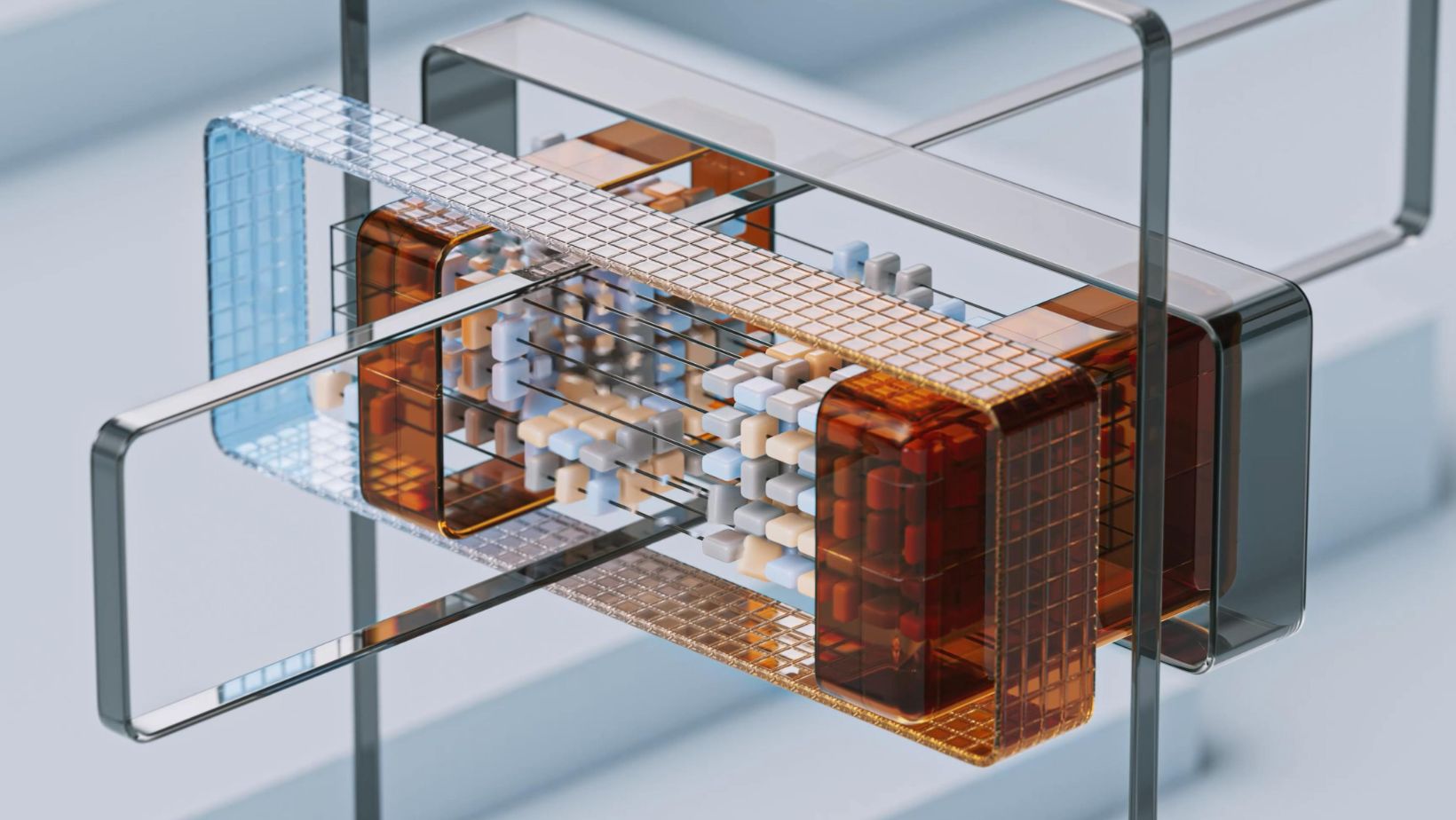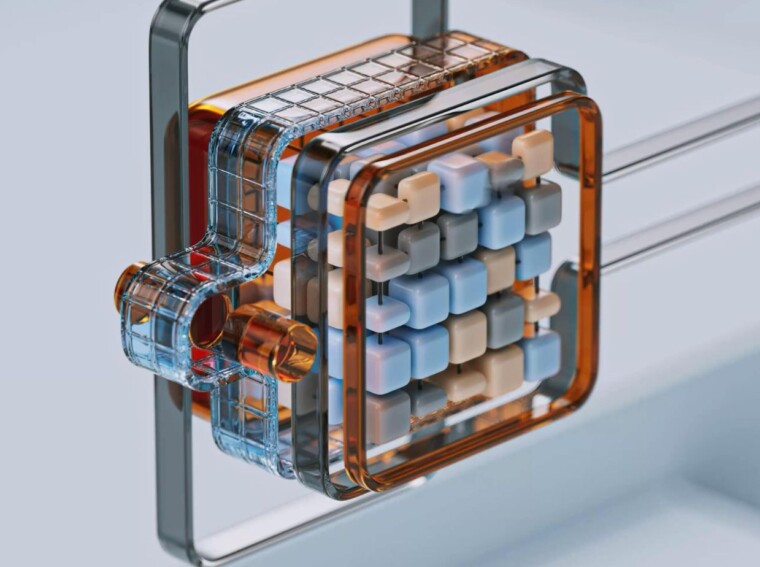AI is no longer just a buzzword in the creative world. It’s a daily tool for photographers, designers, and marketers who need quality visuals fast. We’re talking about systems that can dream up images from scratch, transform an ordinary photo into a completely different style, or resize your content for any platform without losing detail.
The best part? You don’t need to be a technical wizard to use them. You just need to understand what these tools do well and how to make them work for you.
Think of AI-powered visual creation as a creative assistant that’s read millions of magazines, studied every art style, and learned the mechanics of photography, all at once. You give it direction, and it produces results that are often surprisingly polished right from the start.
How AI Creates Images
At the heart of these tools are advanced machine learning models trained on huge libraries of images. Some are great at generating photorealistic scenes, others excel at keeping a consistent style across a set of visuals.
Instead of pixel-by-pixel editing, the AI looks for patterns (the way light hits glass, how shadows form under different conditions, or how brush strokes behave in oil paintings) and uses that knowledge to build something new.
Knowing which type of AI you’re working with makes a difference. For example, GAN-based tools are often used for ultra-realistic results, while diffusion models tend to offer more control over style. It’s like choosing the right lens for your camera – understanding the gear helps you get the shot you want.
Transforming Styles Without Losing the Subject
One of the most impressive things AI can do is restyle an existing photo while keeping its core intact. It’s a deep reinterpretation of the image. The process involves mapping the original composition and then rebuilding it in a different style, whether that’s watercolor, vintage film, or high-contrast modern minimalism.

When it comes to reimagining photos, the results can be transformative. A city skyline taken on a gray day can become a golden-hour masterpiece. A headshot can be turned into a painted portrait worthy of a gallery wall.
The trick is to experiment. Try pairing unexpected styles with your base images and see which combinations bring out something fresh.
Generating Images from Scratch
You’re no longer limited to editing what you already have. Modern platforms for AI image generation can take a text description – “a mid-century living room with warm lighting” – and turn it into a set of visuals in minutes.
It’s a game-changer for brainstorming, product mockups, or campaign concepts, because you can quickly test different looks before committing to a final direction.
This isn’t just about saving time (though it does that). It’s also about opening creative doors that might have stayed shut because you didn’t have the resources for a photo shoot or the perfect stock image.
With the right prompt, you can see multiple variations of your idea side by side, then refine them until you land on the one that clicks.
Resizing Without Wrecking Quality
Once you’ve got the image you want, you’ll probably need it in different formats. One for Instagram, another for a website banner, maybe a square crop for an email header. Traditional resizing often meant compromising on sharpness or cutting off important details. AI has changed that.
Using techniques like those outlined in resizing techniques, AI-driven upscalers can add missing detail as they resize, so the new version can look better than the original. They can also adapt the crop intelligently, keeping the subject centered and balanced even when you change the aspect ratio.
Making AI Part of Your Workflow
AI tools shine when they’re integrated into your day-to-day process rather than treated as a one-off trick. Many now connect directly with design platforms, cloud storage, and project management tools.
That means you can generate, tweak, and share images without breaking your flow or switching between too many programs.
For teams, this can speed up decision-making. Instead of going back and forth for days over a concept, you can generate variations instantly based on feedback, then pick a winner on the spot. Some teams even train AI models on their brand assets so every output is instantly on-brand.
Keeping the Human Touch
For all their speed and precision, AI tools don’t replace the human eye. They can execute a style beautifully, but it’s still up to you to decide what style works for your audience.
An AI might give you twenty variations of a product photo, but you’re the one who knows which one will resonate in a campaign.
The future of creative work isn’t humans versus machines – it’s humans working with machines. AI handles the heavy lifting, and you bring the vision, context, and taste that make the final piece worth sharing.
